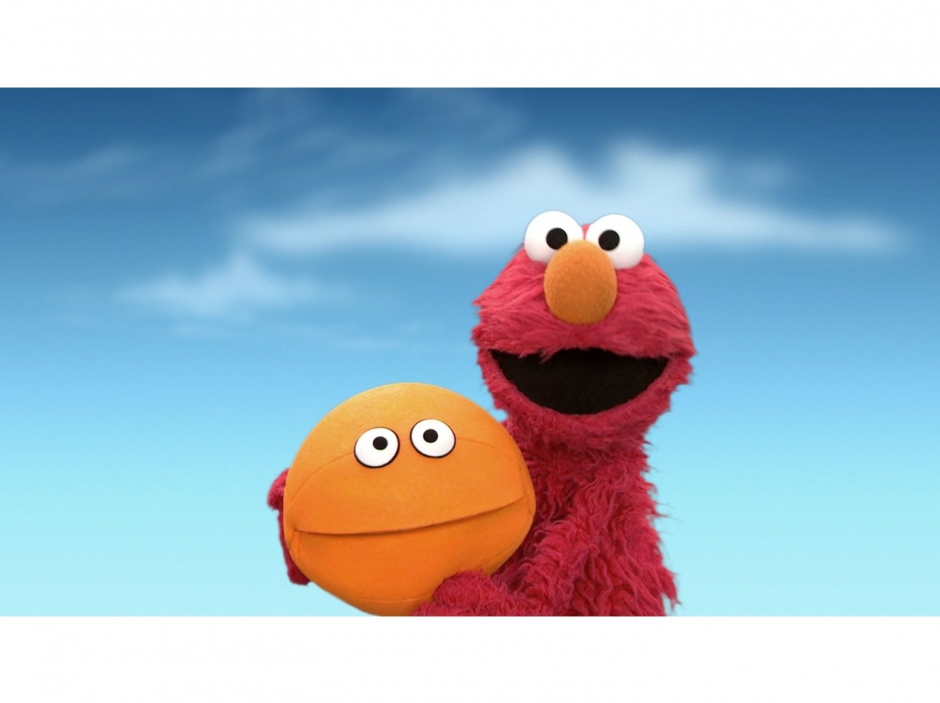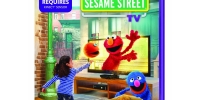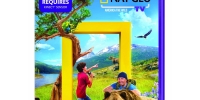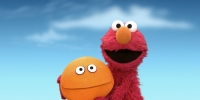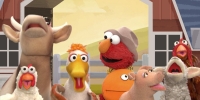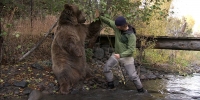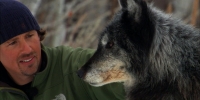With Kinect Sesame Street TV and Kinect National Geographic America the Wild TV Microsoft is taking its biggest gamble on educational software since it closed down Encarta and the Magic School Bus series. While early efforts to make the Xbox 360 a more family friendly platform focused on "pure" entertainment games, these new titles effectively mix entertainment and learning by blurring the lines between TV and video game. Both are significant, highly-produced, projects that advance the idea that interactive software can be engaging, entertaining, and yes, educational all at the same time.
This is nothing short of a re-imagining of what children's software can be. It harkens back to the most optimistic, early days of the PC revolution when we thought kid's software could help raise literacy in both math and reading even as it developed creativity, and independent thinking. Suddenly, and on a completely unexpected platform, the Xbox 360, Microsoft has reinvented children's interactive entertainment, lacing it with music, laughter, and learning.
Both packages feature eight "episodes", borrowing from the TV metaphor. Each is self-contained, much as the shows upon which they are based.
At the outset my expectations for the Sesame Street program were very low based on most of the computer games that have licensed content from the show. Though they have had the characters, the voices, and sometimes even clips from the show, they were always "off"; despite the interaction they were less satisfying than the one-way broadcast alternative, usually because they were little more than the same tired games from every other children's title just gussied up with Elmo and Ernie. Not here, not now. Microsoft has changed the game!
Each episode moves along at a good pace, in much the same fashion as the television show. Now, however, the show asks your kids to particpate, to jump into the action. They dance, they toss objects back and forth with the characters, they sing. Indeed, they even appear inside the world interacting with objects on the screen. One thing I particularly loved was that the show could tell if the kids were sitting or standing and would not proceed until they were up and moving. No couch potatoes on this street.
Each of the two disks in the package are themed, the first around "growing up" and the second "science". Like the show, each episode of Sesame Street is "sponsored" by a letter and a number. But while the characters are shared, the difference is that kid's are constantly engaged with tasks they need to perform while the show is running. Sometimes using their bodies, sometimes their voice, the shows enlist kids to actively participate.
Most of the interactions seem natural and kids had no trouble "connecting", even when the instructions didn't seem exactly correct. For instance, in one scene you are shown how to "throw" a virtual (and adorable) ball named Paul to the character on the screen. The toss is demonstrated by a side-armed throw. However, when it comes time to actually play the game the side throw doesn't work, instead the game wants an underhand or overhand "toss". The kids figured it out, but it did cause some frustration. Pedagogically I took some issue with the number of concepts that were sometimes included in a given segment. For instance, "over" and "under" probably would have been enough, but instead "through", "behind", and even "hidden" were all mixed in. I think on the show generally the same idea is, more often than not, demonstrated in many ways.
The America the Wild shows are based on the National Geographic shows. Designed for elementary school kids they provide lots of great information about the bears, mountain lions and other wild animals. The photography is simply stunning; adults walking through our testing area would often stop just to watch the beauty.
Unlike some of National Geographic's earlier efforts, these episodes keep a friendly, hip attitude rather than a stuffy classroom approach. The interactivity seems a bit more "slapped on" than in the Sesame Street title, but it didn't really matter to our testers. They enjoyed the games, and parents commented that the games actually reinforced concepts from the videos rather than just being excuses to get the kids moving. For instance, in one video we learn that a Grizzly Bear eats as many as 20,000 moths in a single day, all the while avoiding hornets which can sting their sensitive snouts. In the games that punctuate the episode kids first hunt for the moths by scrabbling away at the rocks, then practice swatting away the hornets, and finally do both. Oh, did I mention that the kids see themselves on screen as bears while they do it? It isn't the first time this technology has been in a video game, but it is the first time I remember seeing it put to the purpose of linking the "idea" in a video to the the physical activity in the game. The idea that giant bears subsist in part on tiny moths was new to me, and now that I've "played" at being a bear looking for moths its unlikely I'll forget it!
Bravo to Microsoft for taking the plunge back into kid-friendly, educational software. Kudos for not running way from the simple truth that kids actually love to soak up information, that learning need not be a chore. Don't miss these top-titles if you've an age appropriate child in the house.

